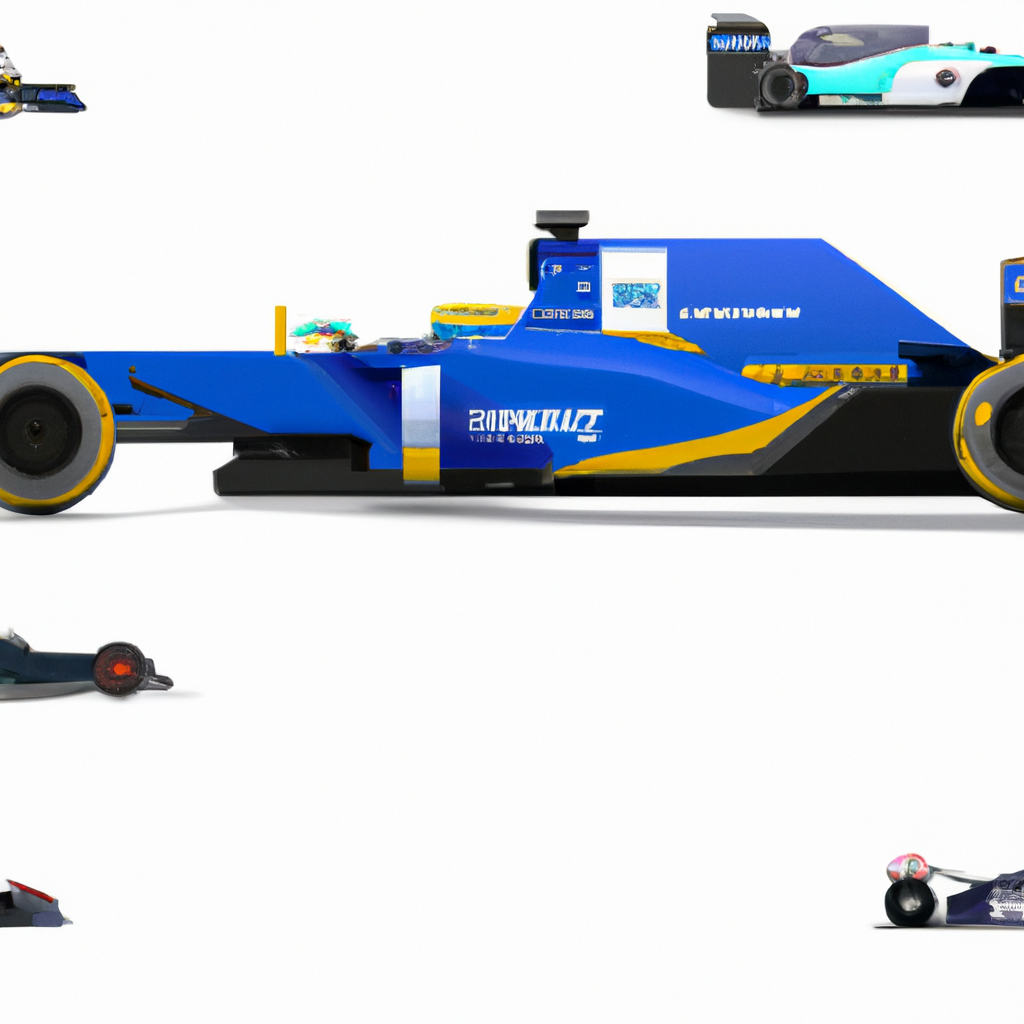Racing into the Future: Innovations in Motorsport Technology
Welcome to our deep dive into the thrilling world of motorsport technology. As the racing industry continues to evolve, cutting-edge innovations are not just enhancing the performance of race cars but are also setting new standards for sustainability and efficiency. In this blog post, we'll explore the latest technological advancements that are propelling motorsports into a dynamic future.
The Evolution of Aerodynamics in Racing
Aerodynamics has always played a crucial role in motorsport. The primary goal is to reduce air resistance and increase downforce, which helps cars maintain higher speeds in corners. Recent advancements have focused on developing more efficient wing designs and exploring active aerodynamic components that can adjust in real-time to optimize performance.
One of the most innovative examples is the introduction of the 'Drag Reduction System' (DRS) in Formula One. DRS adjusts the rear wing angle to reduce drag, allowing for higher speeds on straights and easier overtaking. This technology is continuously refined to maximize efficiency and adapt to new regulations.
Breakthroughs in Electric Powertrains
The shift towards sustainability has led to significant investments in electric powertrain technologies. Motorsports like Formula E have pioneered the use of electric engines in racing, pushing the boundaries of what these powertrains can achieve. Notably, the development of faster charging technologies and more durable batteries are making electric racing cars not only viable but competitive.
Recent breakthroughs include improvements in battery energy density, allowing cars to race longer on a single charge. Additionally, regenerative braking systems have evolved to capture more energy, further enhancing the efficiency of electric race cars.
Advancements in Safety Technologies
Safety remains a paramount concern in motorsports. Innovations such as the Halo protection system, introduced in Formula One, have dramatically increased driver safety by protecting against debris and direct impacts. Furthermore, materials science has played a pivotal role in developing stronger and lighter composite materials for chassis and safety cells, providing enhanced protection while minimizing weight.
Technological integration extends to real-time monitoring systems that track vehicle performance and structural integrity, ensuring any potential issues are identified and addressed promptly, often before they pose a risk to the driver.
Utilizing Data Analytics for Performance Optimization
The use of data analytics in motorsport has transformed how teams approach racing strategy and car development. Sensors equipped throughout the vehicle collect vast amounts of data, which are analyzed in real-time to make adjustments to car settings and improve driver performance.
This data-driven approach allows teams to simulate countless scenarios and develop strategies tailored to specific tracks and conditions. Machine learning algorithms are now being employed to predict vehicle behavior and optimize race strategies, giving teams a competitive edge.
Conclusion
The future of motorsport technology continues to look promising, with ongoing innovations that push the boundaries of speed, efficiency, and safety. As these technologies develop, they not only revolutionize the world of competitive racing but also influence consumer automotive technologies, bringing high-performance and sustainability to everyday vehicles.
Thank you for reading our blog on the latest innovations in motorsport technology. Stay tuned for more updates on how technology continues to shape the automotive world.





Comments (0)